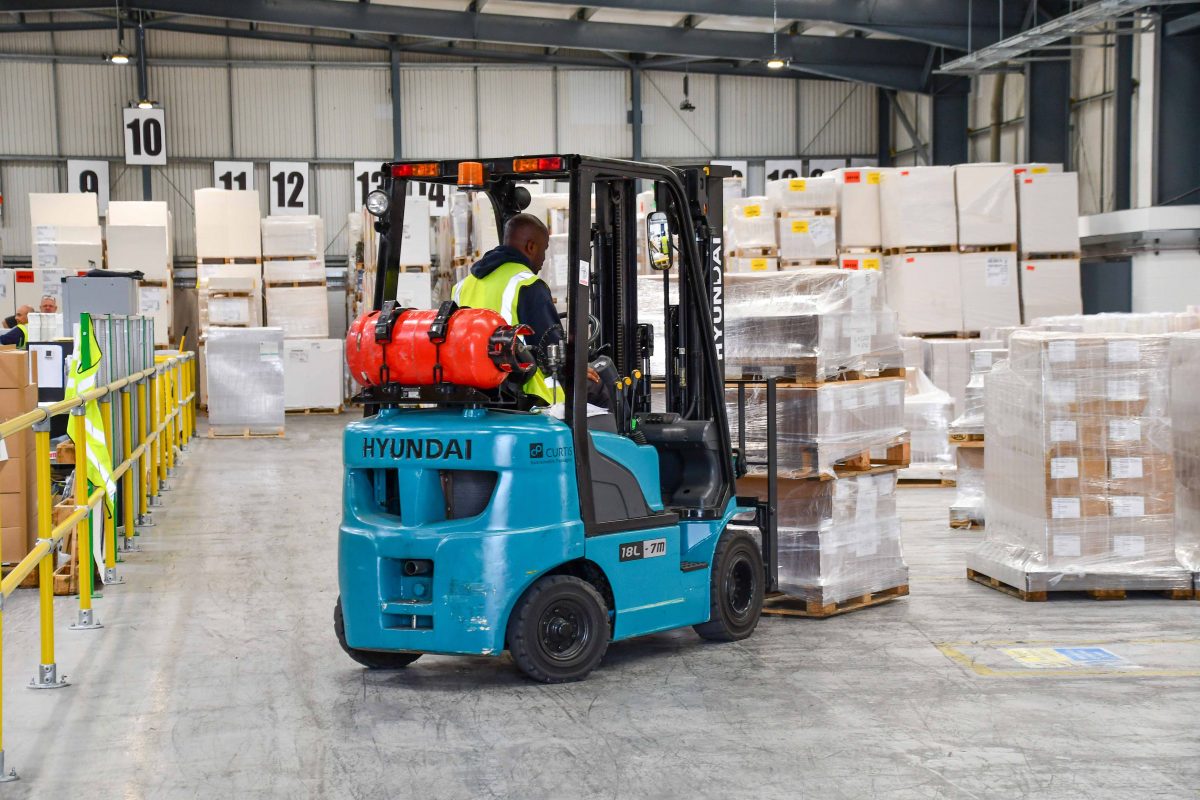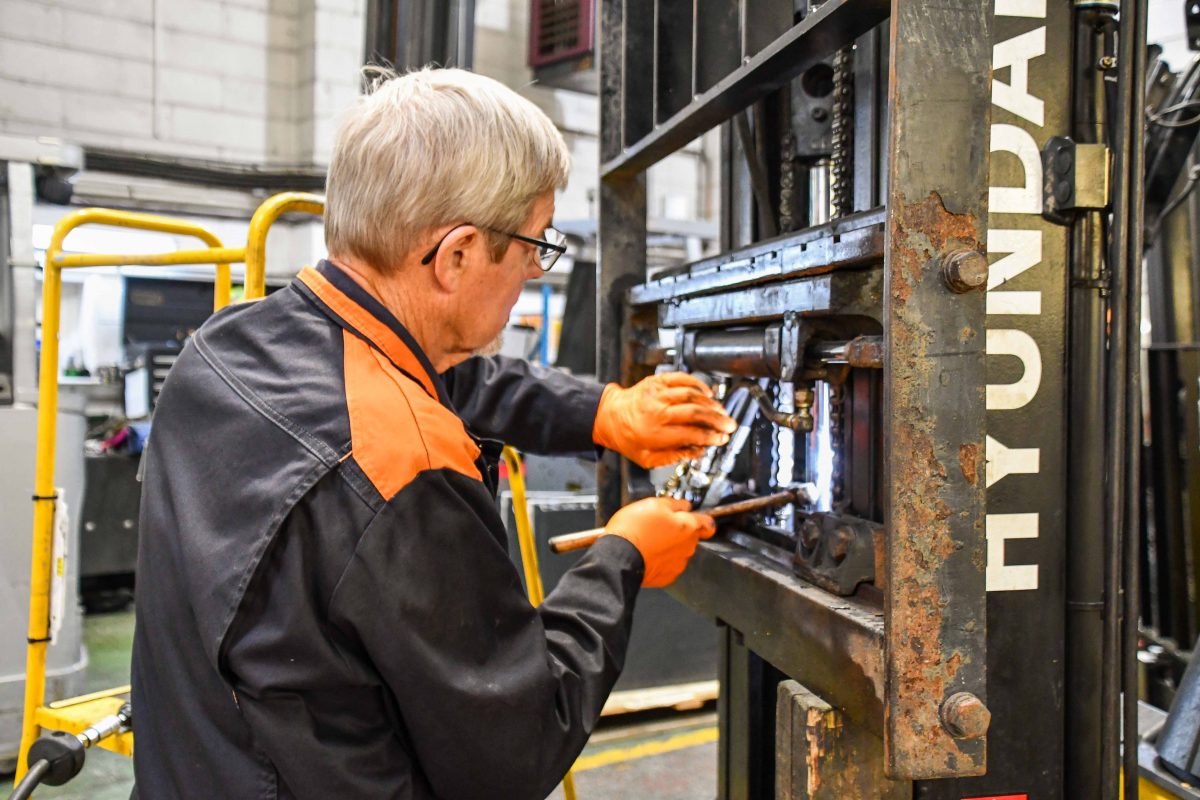PPE (personal protective equipment) is vital in a working world, especially in our industry. Between 2020 and 2021 there were 441,000 workers that sustained non-fatal injuries. As reported by LFS (Labour Force Survey), 33% of those caused by slips, trips or falls on same level. 18% were from handling, lifting or carrying. 10% were struck by a moving object and 8% were falls from height. A number of these could have been prevented if a risk assessment was carried out and PPE of high quality was supplied and used.
Under the Personal Protective Equipment at Work Regulations 1992, employers must protect workers from health and safety risks. This means they must provide the essential PPE they need to do their job, free of charge, if it is needed according to the Risk Assessment.
Employers must carry out a risk assessment to identify the required PPE. This is to ensure the safety of the employee working and the people around them.
PPE is put in place to protect workers when carrying out work that risks their wellbeing. There are different types of PPE which protect your; eyes, head and neck, ears, hands and arms, feet and legs, lungs and your whole body.






